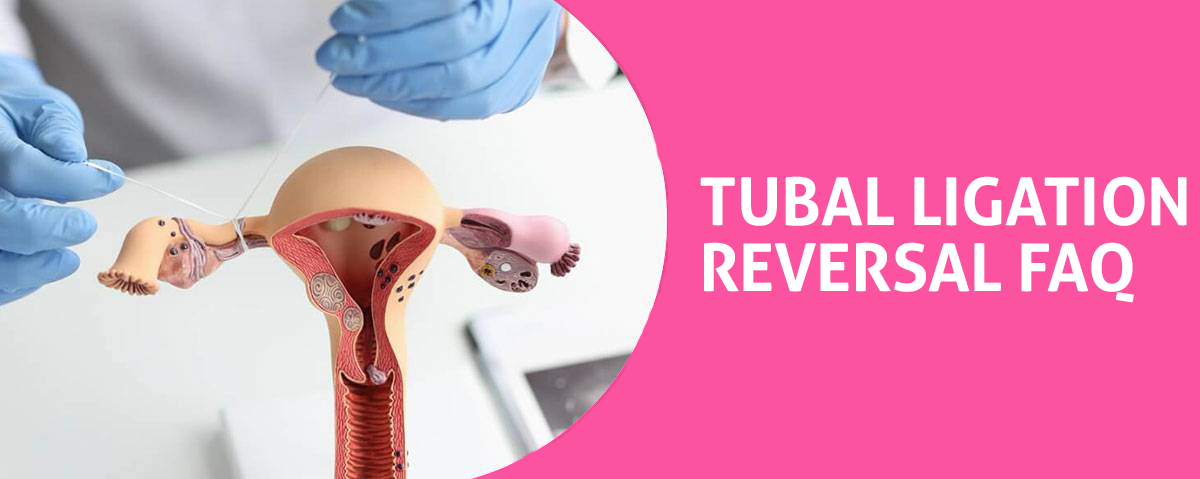By What Percentage Does Tubal Ligation Decrease Chance of Ovarian Cancer?
You’ve likely heard of tubal ligation, a common procedure for women who’ve decided they’re done having children. But did you know it could also lower your risk of ovarian cancer? Let’s delve into the scientific research and data to uncover by what percentage tubal ligation decreases the chance of this disease. After all, knowledge is power, and it’s crucial to understand all the health implications tied to our decisions.
The Link Between Tubal Ligation and Ovarian Cancer
Moving on from the procedure itself, let’s delve into how having your tubes tied may impact your risk of ovarian cancer. The link between tubal ligation and ovarian cancer isn’t entirely straightforward, but it’s believed that the procedure may reduce the risk. This is possibly due to surgical complications that limit the spread of potential cancer cells from the fallopian tubes to the ovaries. Additionally, hormonal changes post-procedure may play a role. After tubal ligation, hormonal fluctuations are altered, potentially affecting the ovaries’ environment in a way that diminishes cancer risk. However, it’s important to note that while the procedure can reduce risk, it doesn’t eliminate it. More research is necessary to fully understand this complex relationship.
Analyzing the Percentage Decrease in Risk
Understanding how much tubal ligation can decrease your risk of ovarian cancer is crucial, and you’ll find that the numbers vary depending on the study. To analyze this, you need to delve into Cancer Statistics and Risk Factors. Studies show that tubal ligation can reduce your risk of developing ovarian cancer by 20% to 40%. However, this figure is not absolute. It’s also important to consider other Risk Factors, like genetics and age. For instance, if you’ve a family history of ovarian cancer, your risk might be higher. Similarly, women over 55 are at a greater risk. Furthermore, the reduction percentage might not remain constant throughout your life. Remember, these figures are averages, and individual risk can vary.
Implications for Women’s Health
In assessing your health decisions, it’s vital to consider the potential implications of tubal ligation on women’s risk of ovarian cancer. This procedure not only reduces the risk of pregnancy but also decreases ovarian cancer risk by a significant percentage.
However, accessibility to healthcare services could be a limiting factor, particularly in underprivileged locations where tubal ligation procedures may not be readily available. Moreover, hormonal effects post-surgery need to be taken into account. Alterations in menstrual cycle and hormone production might occur, potentially impacting other aspects of women’s health.
Therefore, while tubal ligation presents a promising preventive measure against ovarian cancer, it’s crucial to weigh its benefits against potential drawbacks and limitations. Consulting a healthcare professional is always recommended for personalized advice.
Other Popular Questions About Tubal Ligation Reversal:
How Dangerous Is Tubal Ligation?
How Common Is Weight Gain After Tubal Ligation?
How Common Is Tubal Ligation Failure?
How Common Is Regret After Tubal Ligation?
How Common Is Recanalization After Tubal Ligation?
How Common Is It to Get Pregnant 7 Years After a Tubal Ligation?
How Can You Tell if Your Tubal Ligation Failed?
How Can You Still Have Periods After Tubal Ligation Anatomy?
How Can You Have a Period After Tubal Ligation?
How Can I Tell What Type of Tubal Ligation I Had?
How Can I Reverse Tubal Ligation?
How Can I Prevent Early Menopause After Tubal Ligation?
By using this webiste you agree to Terms and Conditions
